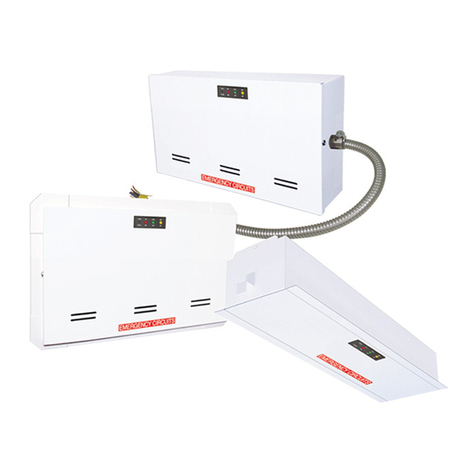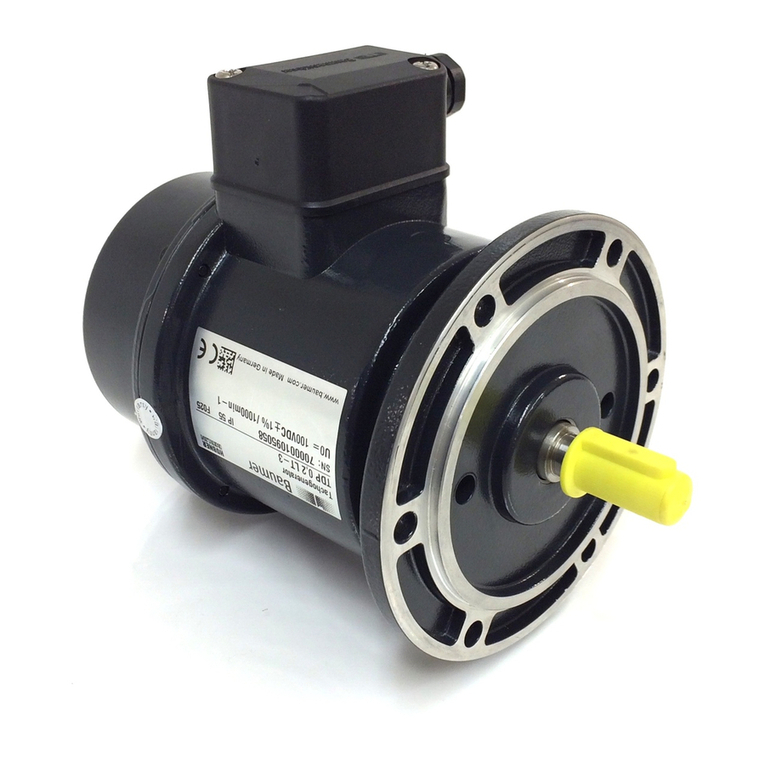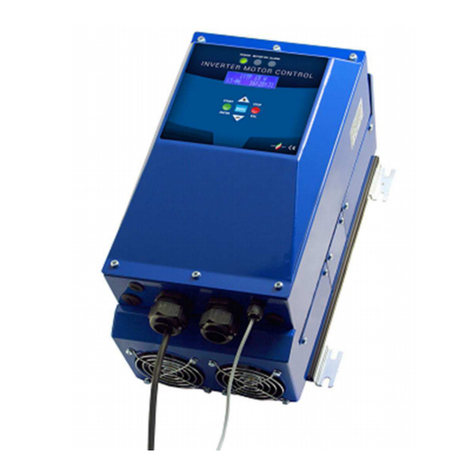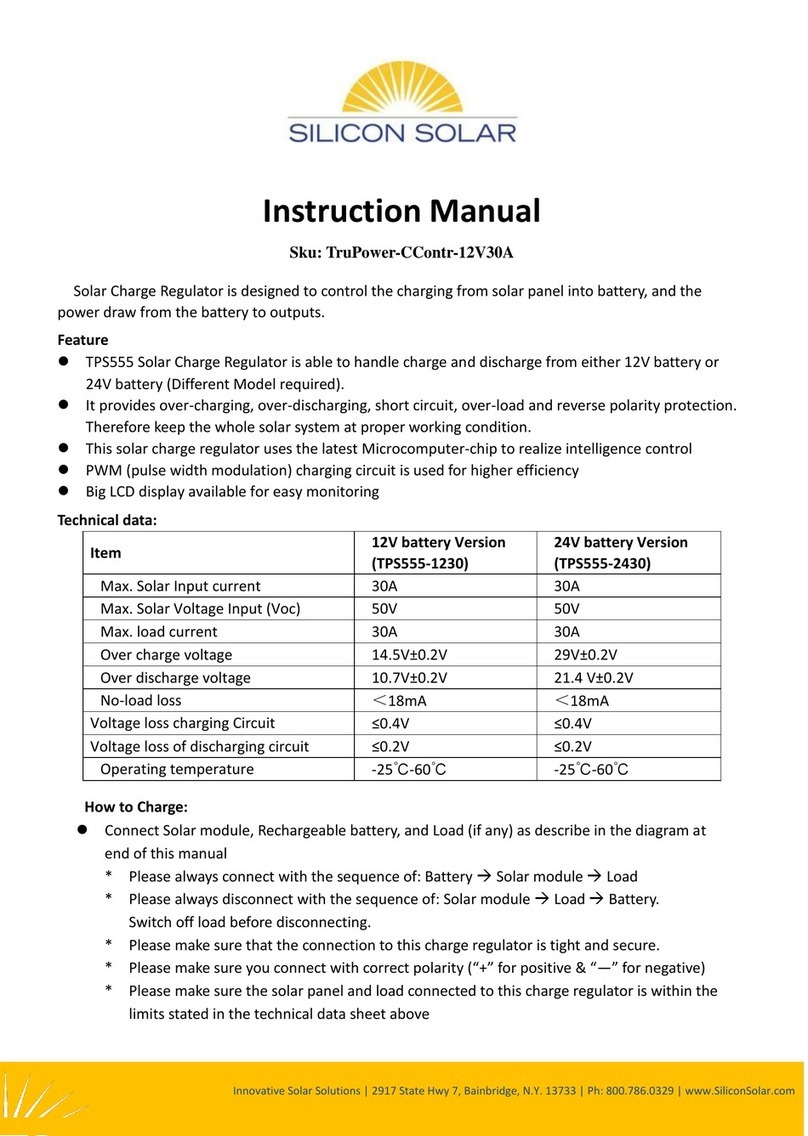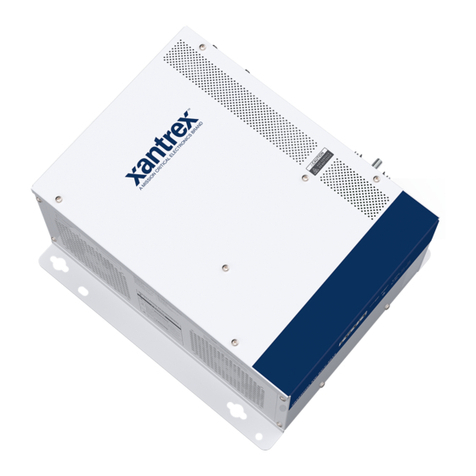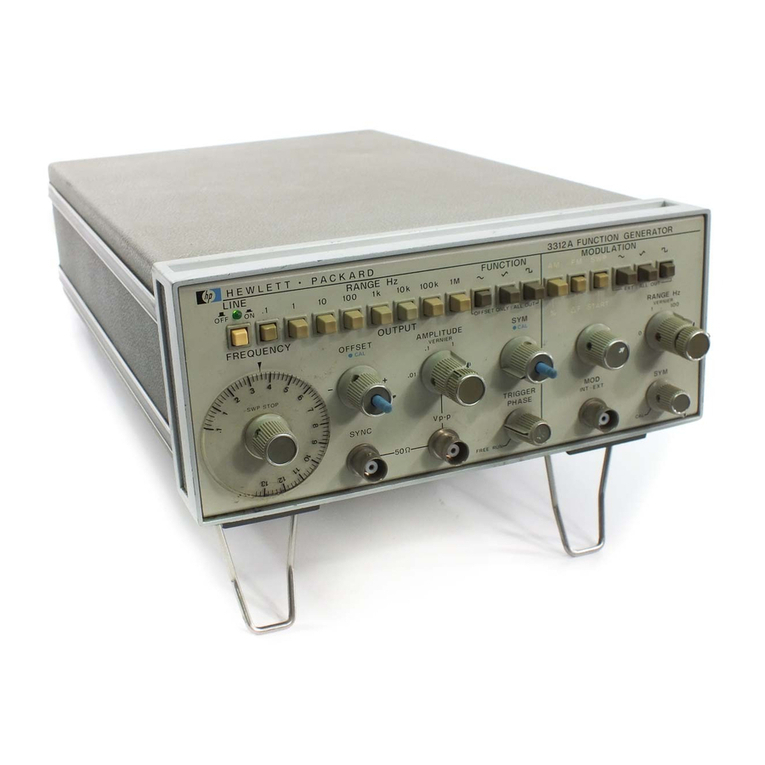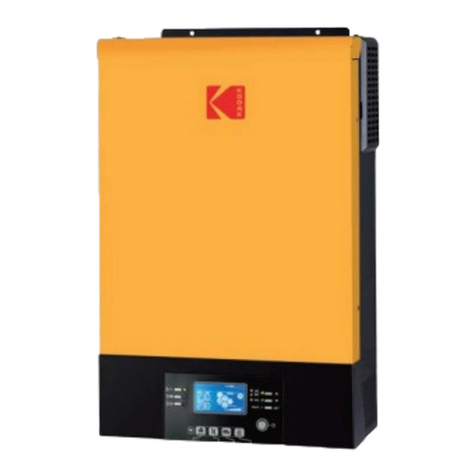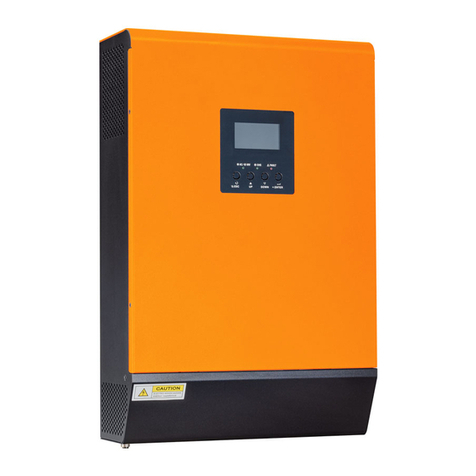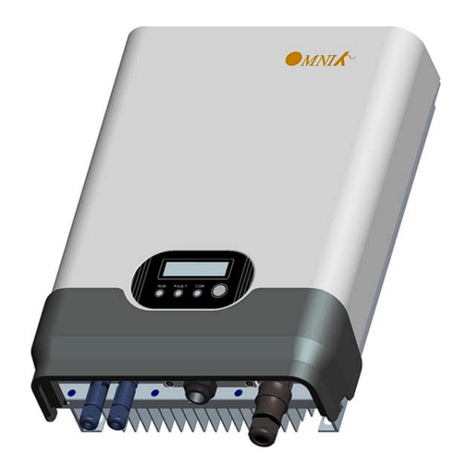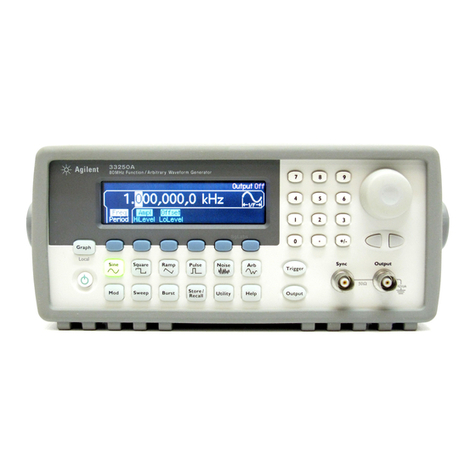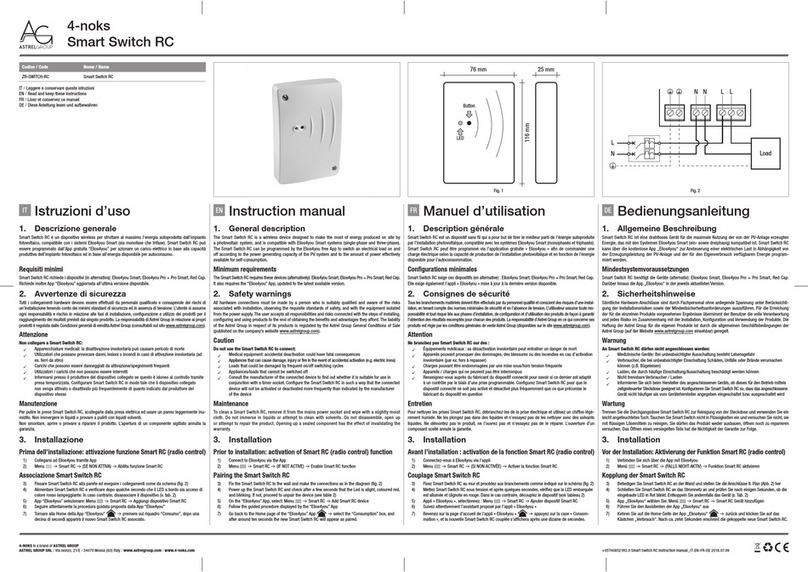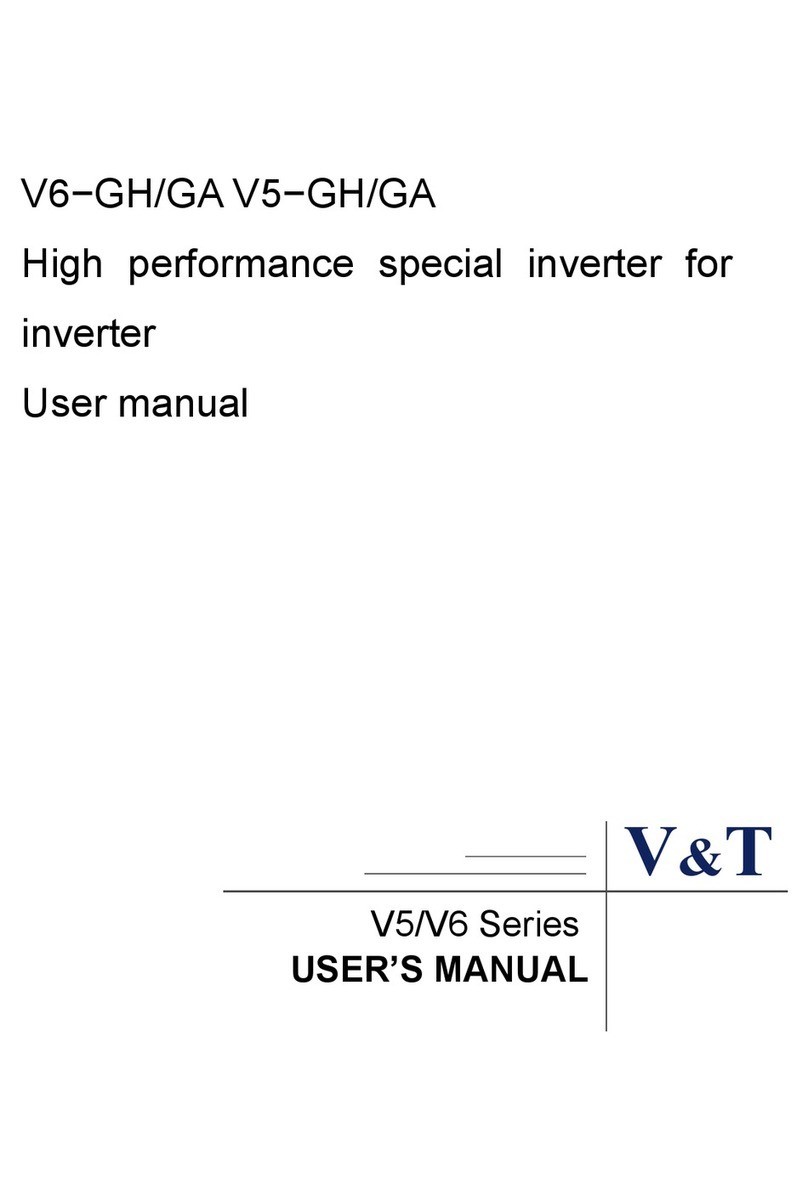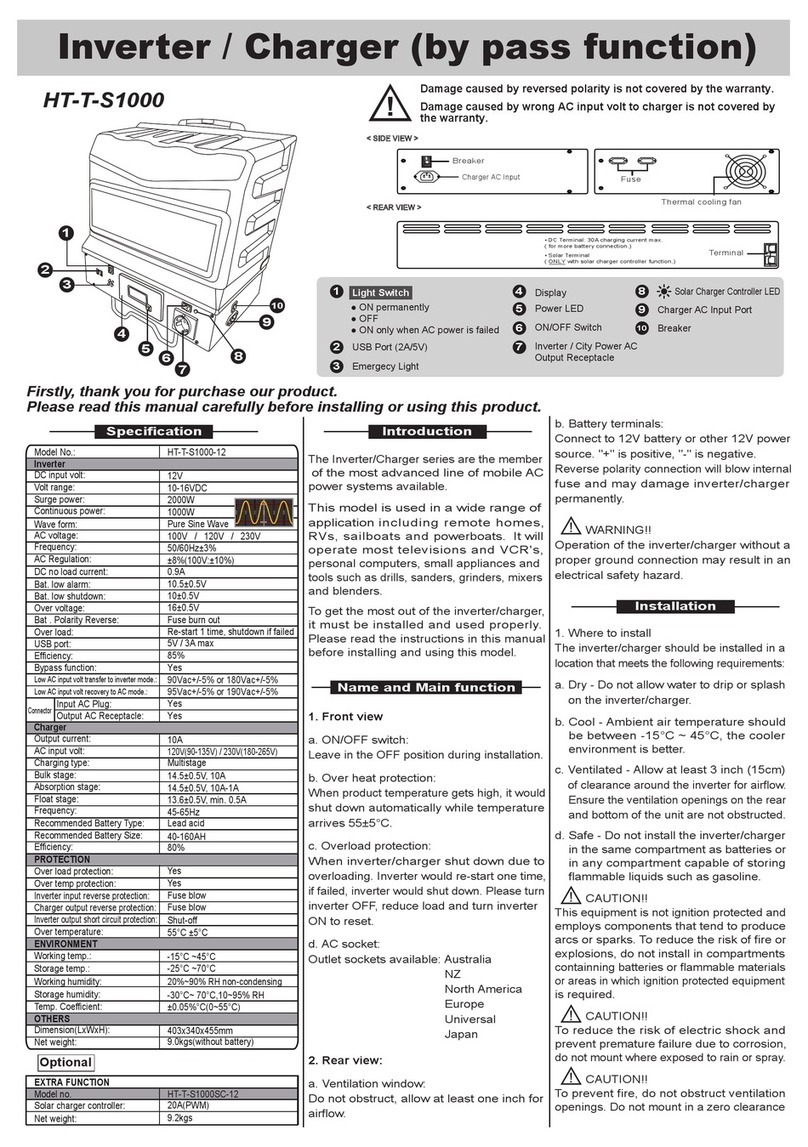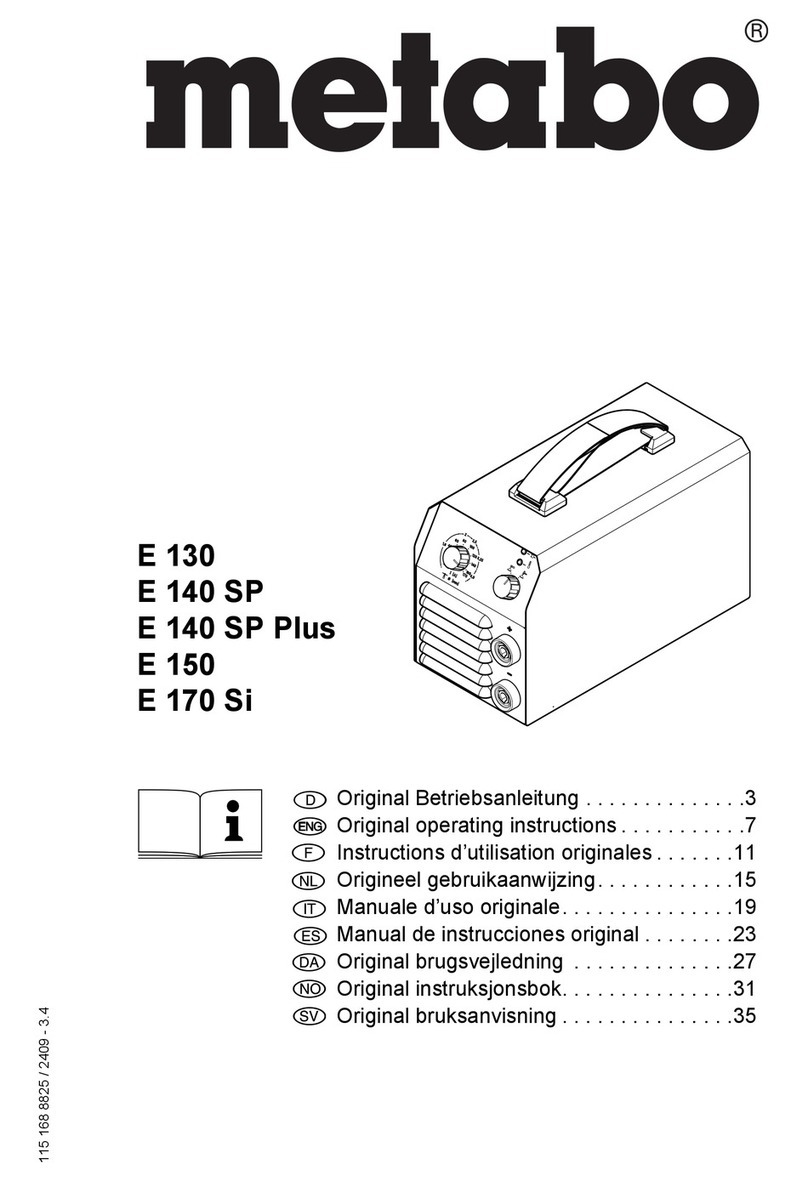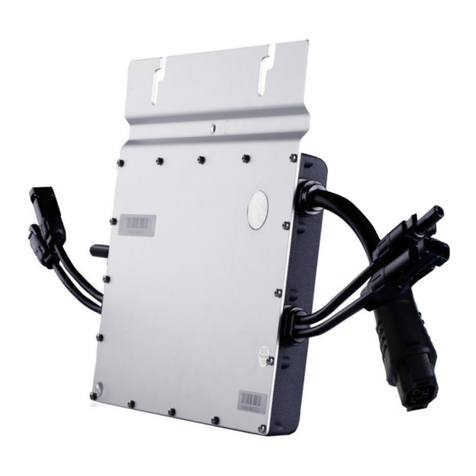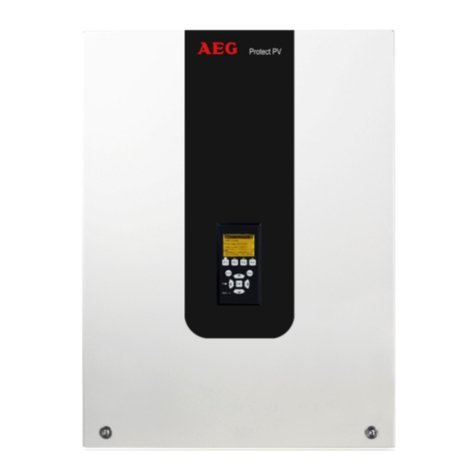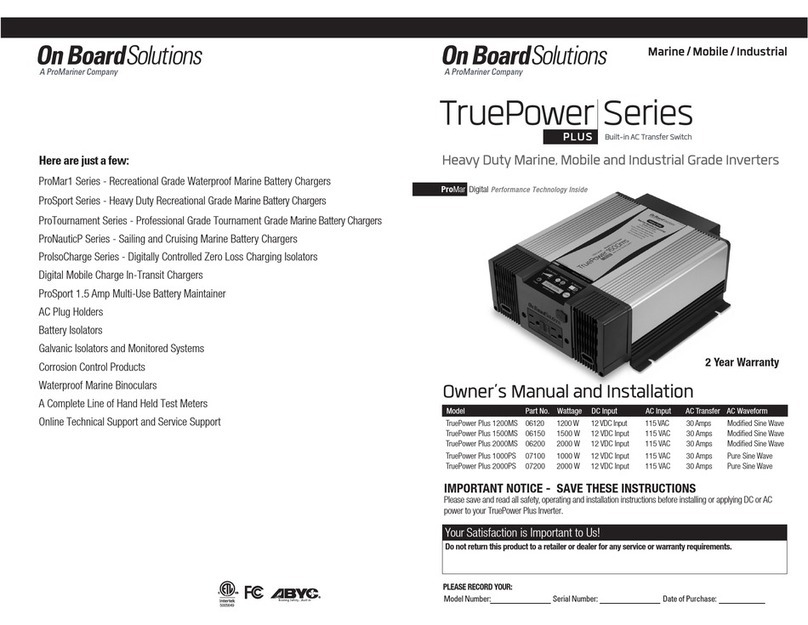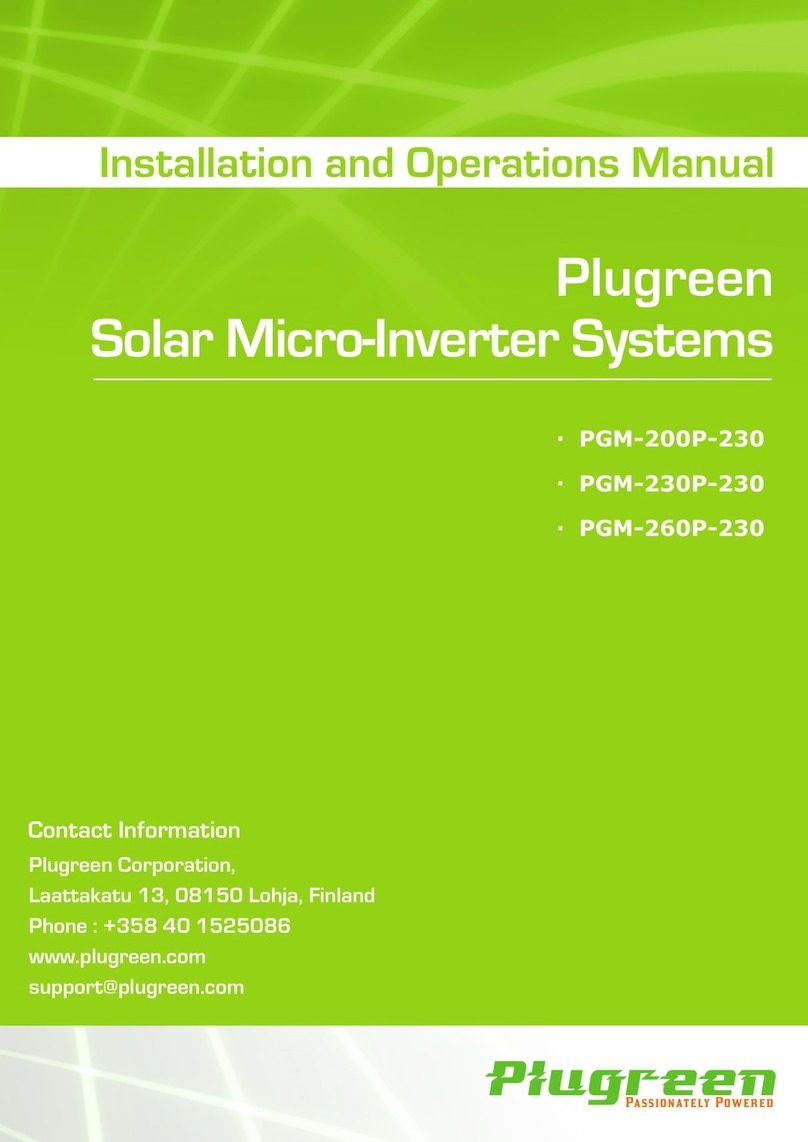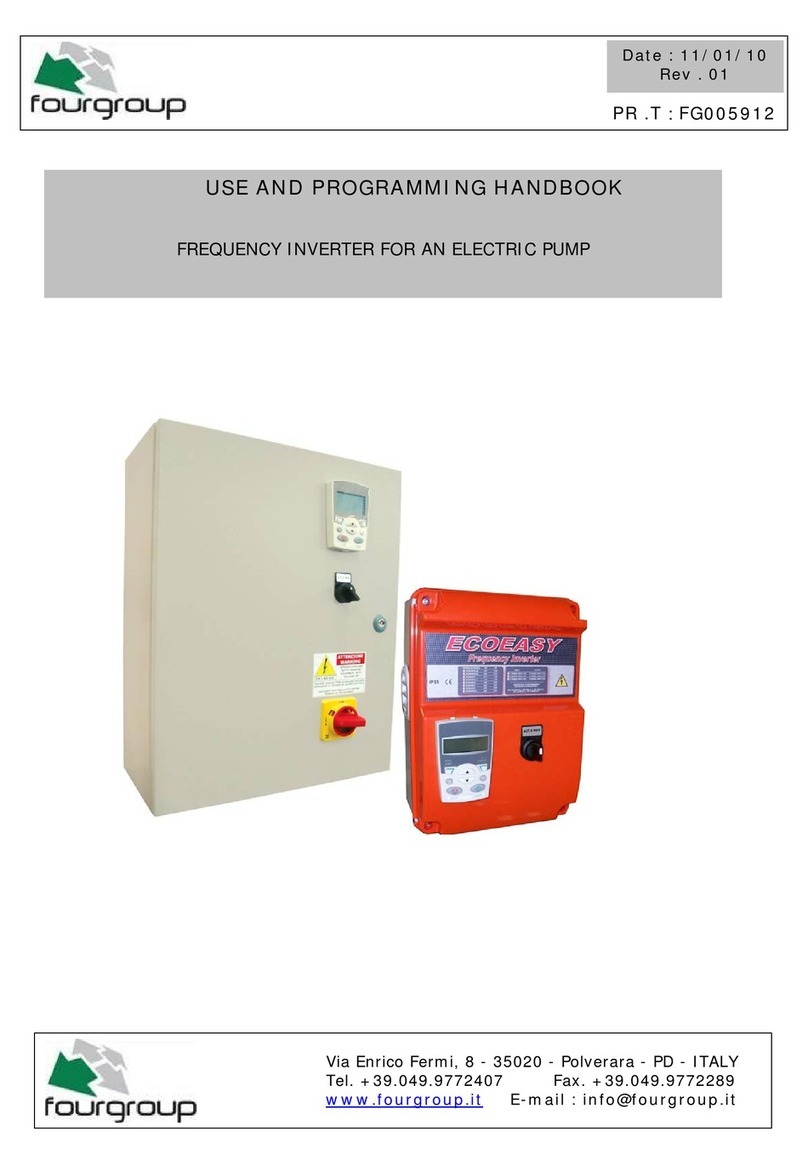Table Of Contents
ABOUT THIS MANUAL......................................................................................................................................1
Purpose............................................................................................................................................................1
Scope...............................................................................................................................................................1
SAFETY INSTRUCTIONS...................................................................................................................................1
INTRODUCTION.................................................................................................................................................2
Features...........................................................................................................................................................2
Basic System Architecture...............................................................................................................................2
Product Overview.............................................................................................................................................3
INSTALLATION...................................................................................................................................................4
Unpacking and Inspection................................................................................................................................4
Installation........................................................................................................................................................4
Battery Connection ..........................................................................................................................................5
AC Input/Output Connection............................................................................................................................6
PV Connection.................................................................................................................................................7
Communication Connection.............................................................................................................................8
Dry Contact Signal...........................................................................................................................................9
BMS Communication.......................................................................................................................................9
OPERATION......................................................................................................................................................10
Power ON/OFF..............................................................................................................................................10
Operation and Display Panel.........................................................................................................................10
LCD Display Icons .........................................................................................................................................11
LCD Setting....................................................................................................................................................13
Display Setting...............................................................................................................................................21
Operating Mode Description..........................................................................................................................24
Fault Reference Code....................................................................................................................................26
Warning Indicator...........................................................................................................................................27
Battery Equalization.......................................................................................................................................27
SPECIFICATIONS.............................................................................................................................................29
Table 1 Line Mode Specifications ...................................................................................................................29
Table 2 Battery Mode Specifications ..............................................................................................................30
Table 3 Charge Mode Specifications...............................................................................................................31
Table 4 ECO/Bypass Mode Specifications.......................................................................................................32
TROUBLE SHOOTING.....................................................................................................................................33
PARALLEL FUNCTION ....................................................................................................................................34
Appendix A: Approximate Back-up Time Table............................................................................................47
Appendix B: BMS Communication Installation ............................................................................................48
Appendix C: The Wi-Fi Operation Guide in Remote Panel..........................................................................53
